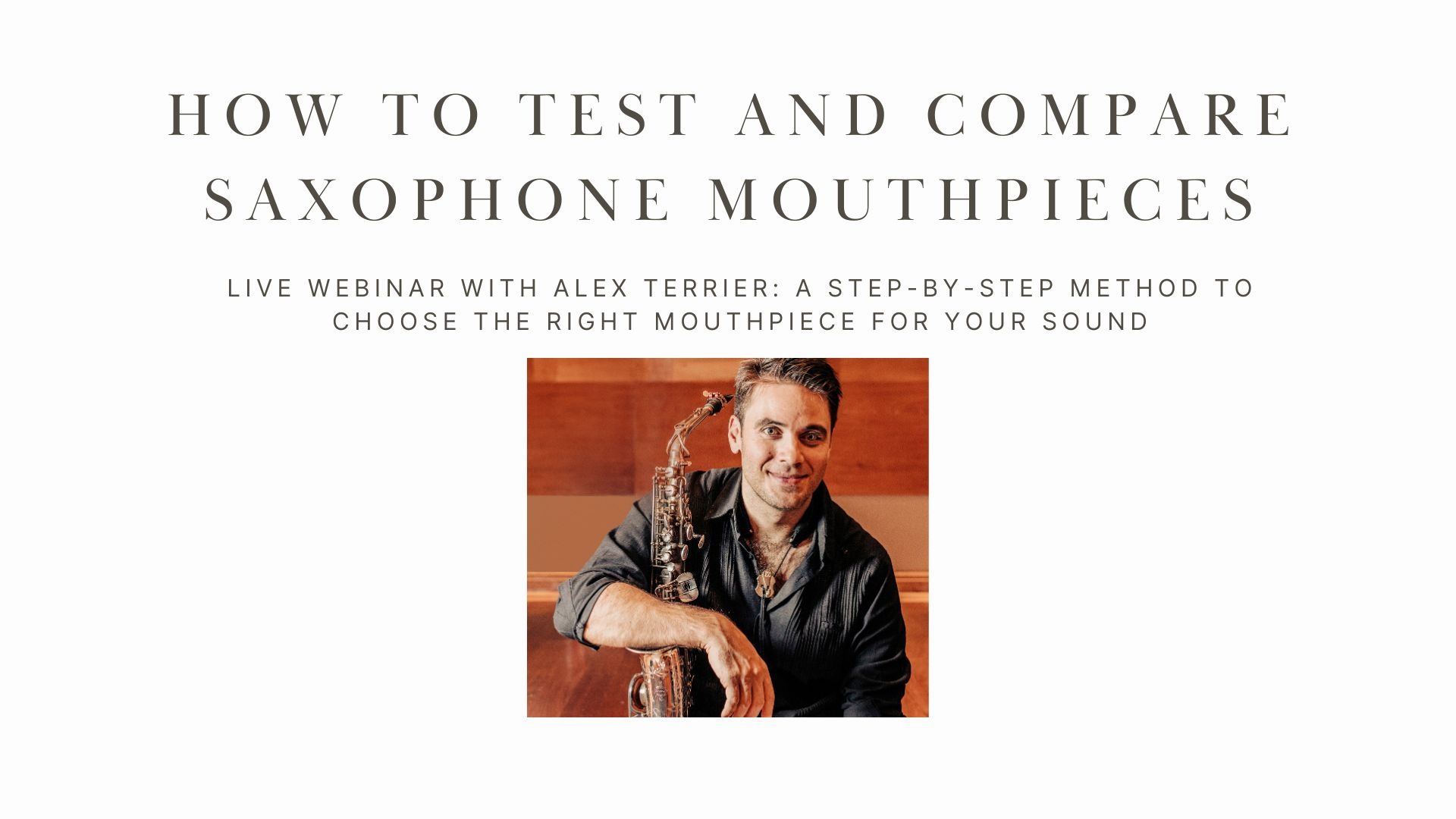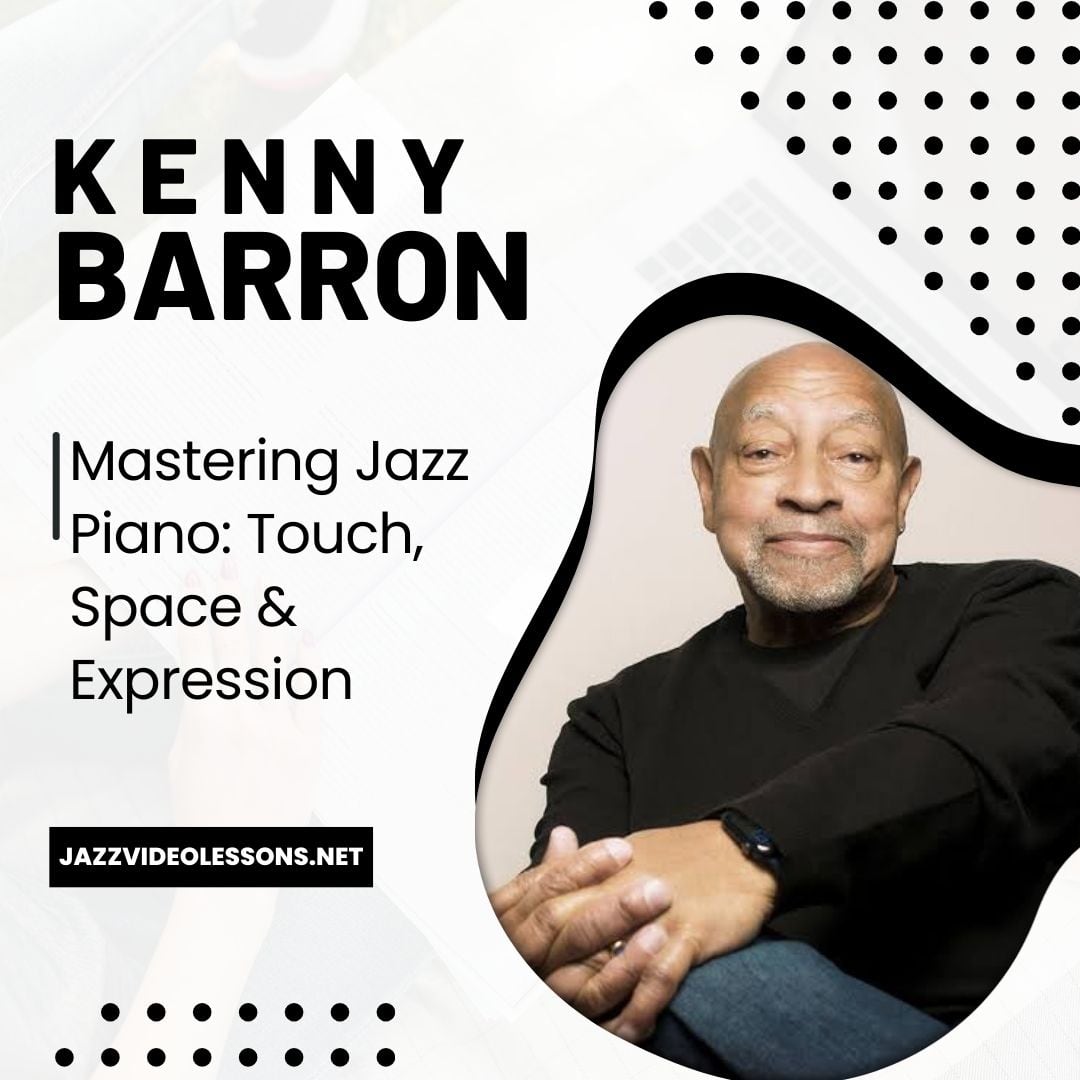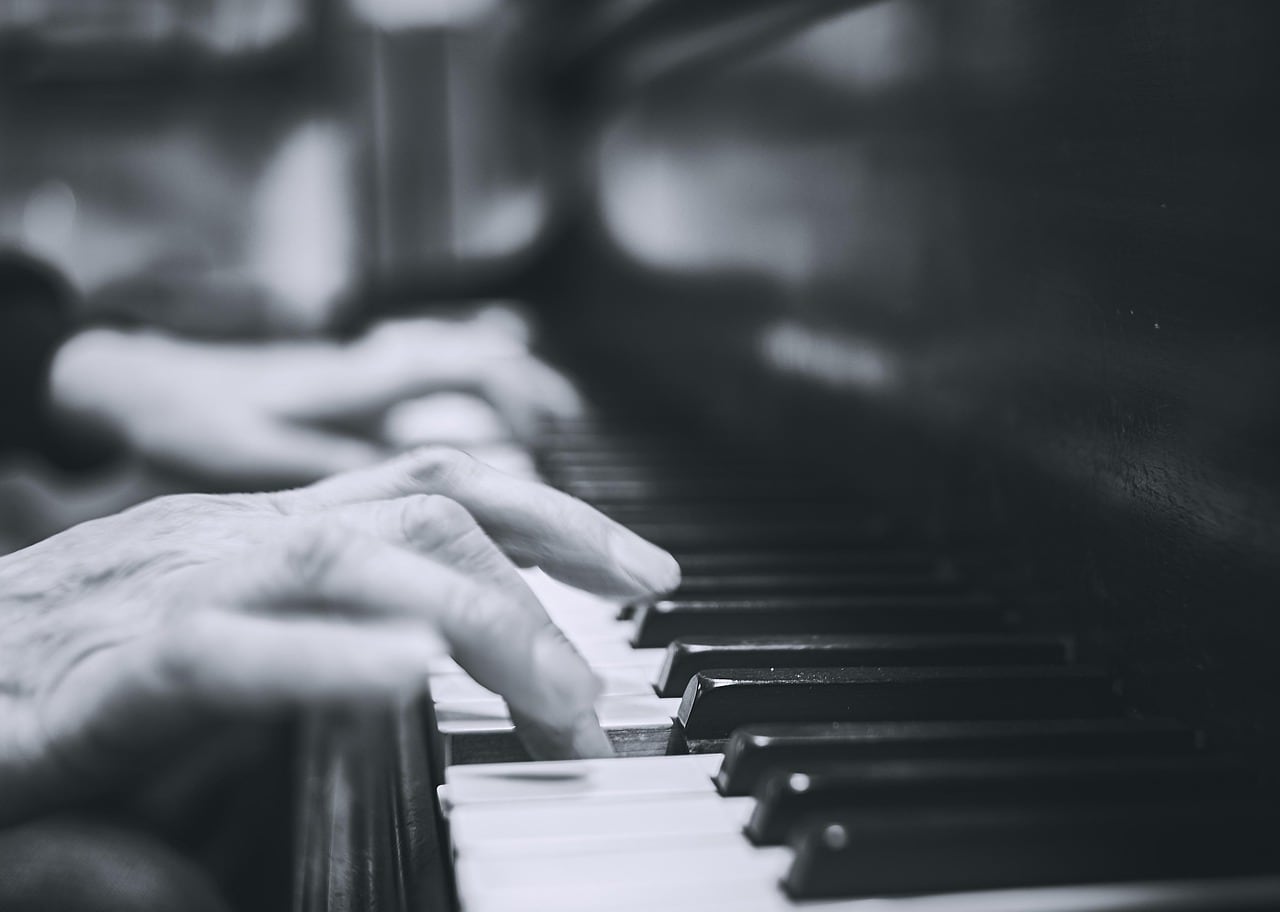Introduction
As Halloween approaches, thoughts often turn to the eerie and mysterious—ghosts, witches, and the supernatural. But did you know that jazz, with its deep cultural roots, has its own connections to mysticism, voodoo, and black magic? This season, as you prepare for the spooky celebrations, it’s the perfect time to explore how jazz has embraced themes of the supernatural to create music that evokes both enchantment and mystery.
From its origins in New Orleans, a city known for its rich voodoo culture, to songs that invoke spells, spirits, and haunting imagery, jazz has long been intertwined with the magical and the mystical. In this blog post, we’ll dive into the spellbinding connections between jazz and the supernatural, and share some chilling musical examples that are perfect for your Halloween playlist.
New Orleans: Where Jazz and Voodoo Converge
Jazz was born in New Orleans, a city with a rich history of voodoo practices and African spiritual traditions. The roots of voodoo in New Orleans date back to the arrival of enslaved Africans, who brought with them their spiritual beliefs and practices. Over time, these traditions merged with elements of Catholicism, resulting in the unique voodoo culture that persists in the city to this day.
The connection between jazz and voodoo goes beyond cultural geography; it’s embedded in the music itself. The rhythms and sounds of early jazz reflect African musical traditions where drumming, chants, and dance played central roles in spiritual ceremonies. These elements found their way into jazz, giving the music a hypnotic and sometimes “otherworldly” quality.
Halloween Jazz Songs with a Touch of Voodoo and Magic
Many jazz songs draw on themes of voodoo, black magic, or the supernatural to evoke a sense of mystery. Here are some musical examples that showcase this enchanting connection:
Jazz Playlist
“I Put a Spell on You” – Screamin’ Jay Hawkins (covered by Nina Simone and others):
-
- This song has strong Halloween associations, with its lyrics about casting a spell to make someone stay. The original is quite theatrical and spooky, while jazz renditions by Nina Simone or others add a different mood.
“Spooky” – Dusty Springfield:
-
- Originally recorded by saxophonist Mike Sharpe as an instrumental, the song later became popular with Dusty Springfield’s version. The lyrics describe a mysterious and alluring figure, adding to the song’s spooky feel.
“That Old Black Magic” – Ella Fitzgerald
-
- This jazz standard’s lyrics reference being under a romantic spell, using mystical imagery such as “old black magic” and “bewitching.” Fitzgerald’s elegant voice adds to the sense of enchantment, making it one of the best-known examples of Halloween jazz and magic intertwining.
“Witchcraft” – Frank Sinatra
-
- Another classic jazz standard, “Witchcraft,” playfully describes the feeling of being captivated by someone’s “witchcraft.” The song’s lyrics allude to enchantment and spells, adding a touch of the supernatural to the romantic narrative.
Learn this standard with JVL
“The House Is Haunted (By the Echo of Your Last Goodbye)” – Mel Tormé
-
- With lyrics that metaphorically describe a house being haunted by memories of lost love, this song is a perfect choice for a Halloween jazz playlist. It captures a sense of eeriness, as the singer is surrounded by “ghosts” of the past.
“Skeleton in the Closet” – Louis Armstrong:
-
- This song’s playful lyrics literally reference skeletons and a haunted house, making it a perfect Halloween-themed jazz tune.
“Bewitched, Bothered and Bewildered” – Ella Fitzgerald:
Though the song is about love, the use of the word “bewitched” gives it a slight Halloween connection. The lyrics evoke a sense of enchantment.
The Influence of African Ritual Music
The roots of jazz lie in the African diaspora, where music played an essential role in spiritual and cultural practices. African traditions often used music as a means of communicating with the supernatural, invoking spirits, or entering trance states. Drumming, call-and-response singing, and dance were integral parts of rituals and ceremonies—elements that found their way into jazz, particularly in its early development.
New Orleans’ cultural melting pot allowed these African musical practices to blend with other influences, such as European harmonic traditions and Latin rhythms. As a result, jazz became a genre where spirituality and musicality could meet, allowing musicians to channel a kind of “musical magic” through improvisation and rhythmic intensity.
Jazz and the Mysticism of Hoodoo
Closely related to voodoo is the concept of “hoodoo,” an African American folk magic tradition. In the blues, a precursor to jazz, references to hoodoo appear frequently. Songs about potions, charms, and curses reflect a cultural belief in the power of magic and spirituality.
Jazz musicians were no strangers to these ideas. Jelly Roll Morton, one of the pioneers of jazz, claimed that he infused his music with a “voodoo spirit,” which gave it a unique power and intensity. Morton’s belief in the mystical aspect of music added to his legend as a performer who could “work magic” onstage.
Mystical Imagery in Jazz Lyrics
The use of magic, supernatural, or dark imagery is a recurring motif in jazz lyrics. Many songs speak of spells, charms, and potions, employing these images as metaphors for love, longing, or other intense emotions. This not only adds to the allure of jazz but also taps into a deep cultural history where music was more than entertainment—it was a form of ritual and expression.
Jazz as “Musical Sorcery”
The improvisational nature of jazz has often been described as a kind of “musical sorcery.” Musicians channel emotions and creative energy to produce something spontaneous and unplanned, much like a ritual or magical invocation. The interaction between musicians during a live performance can evoke a shared experience that borders on the supernatural, with audiences feeling as if they are witnessing something beyond the ordinary.
Conclusion: Embrace the Magic in Jazz
Jazz’s connection with voodoo, black magic, and the supernatural goes beyond mere themes and lyrics. It’s embedded in the very structure of the music—its rhythms, improvisation, and emotional intensity. For those who want to explore this mystical side of jazz, these musical examples and historical connections offer a spellbinding journey into the heart of the genre.
Whether you’re a musician or a listener, embracing the magic in jazz can deepen your appreciation of its powerful and mysterious qualities. So, the next time you hear a jazz tune that sends shivers down your spine, remember—you might just be under its spell.
Here’s a great playlist of Halloween songs from the 30s and 40s:






One Response
Learn Witchcraft: https://jazzvideolessons.netstandards-studies/witchcraft/